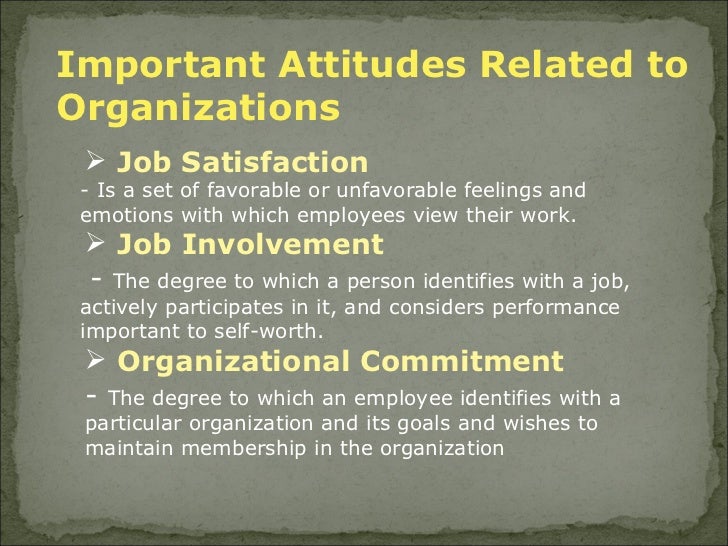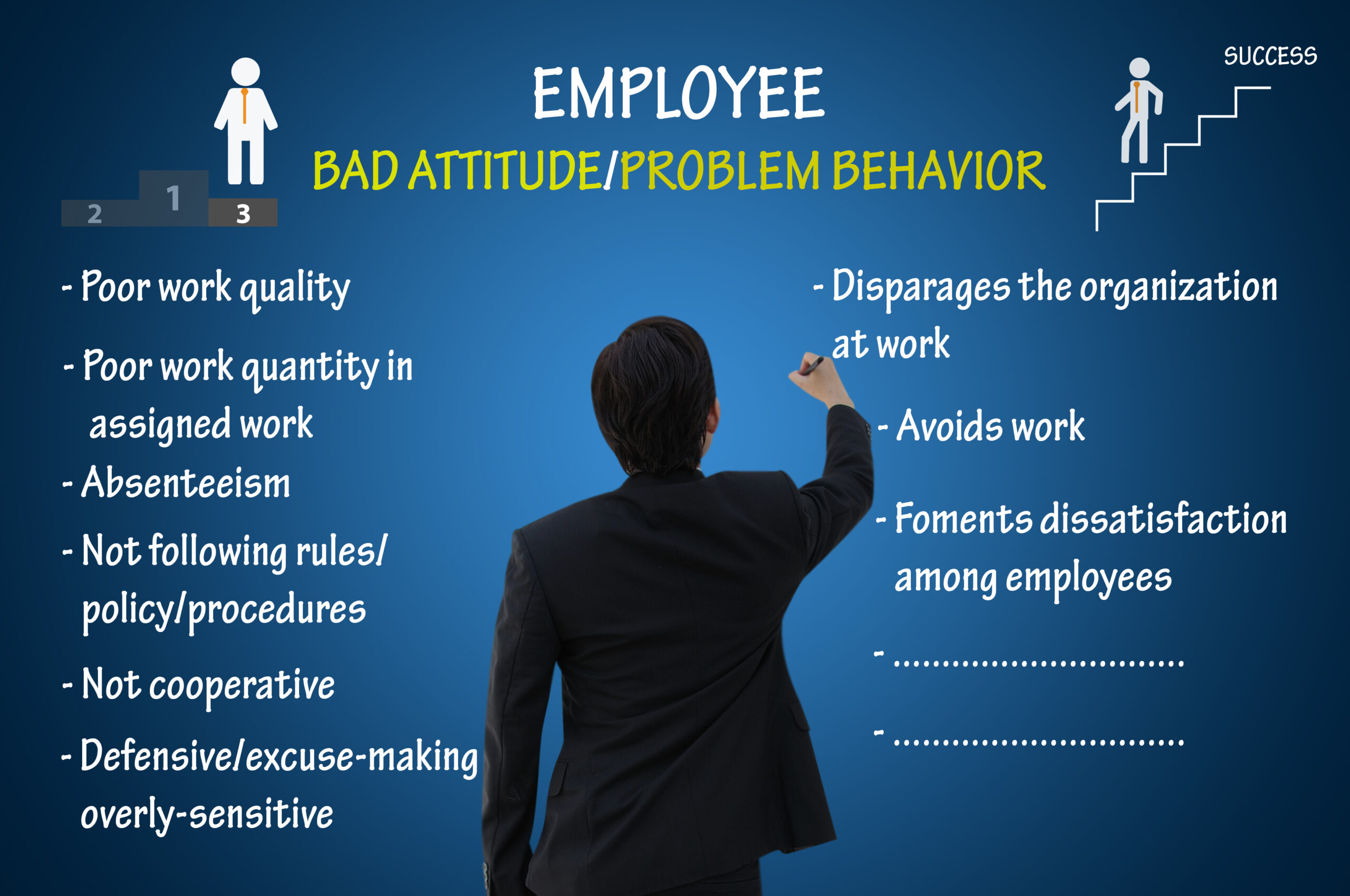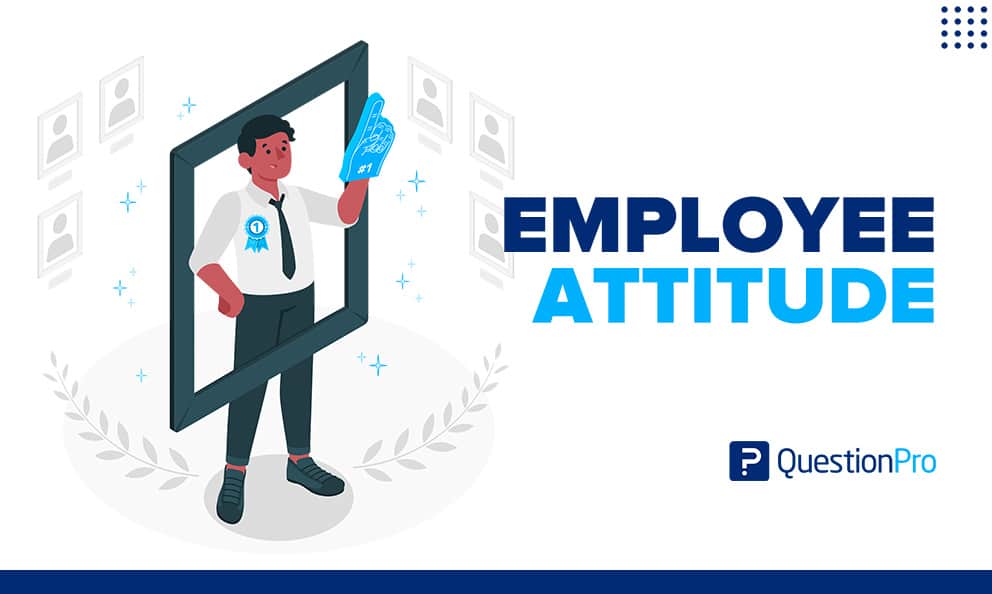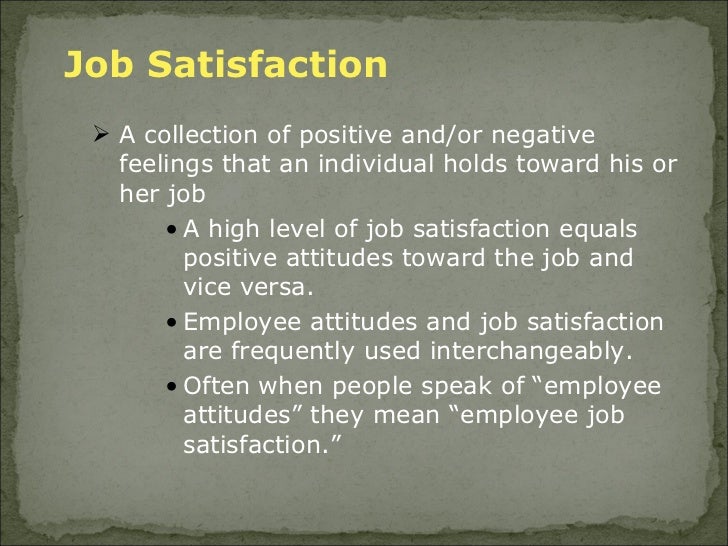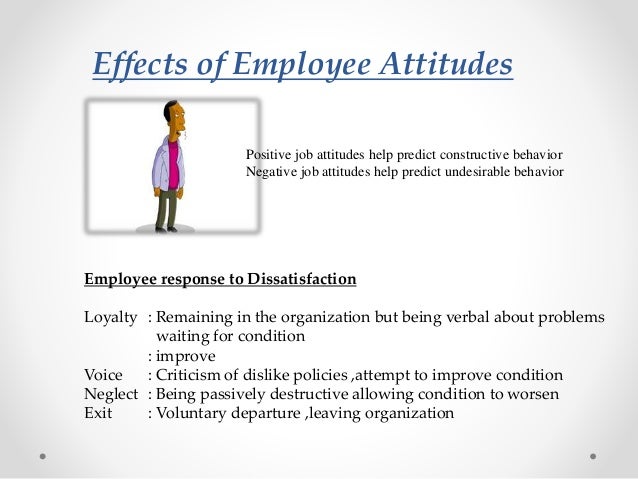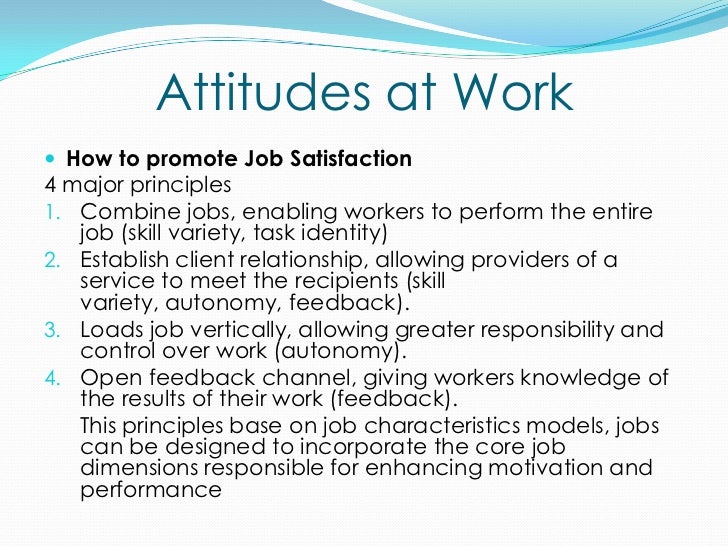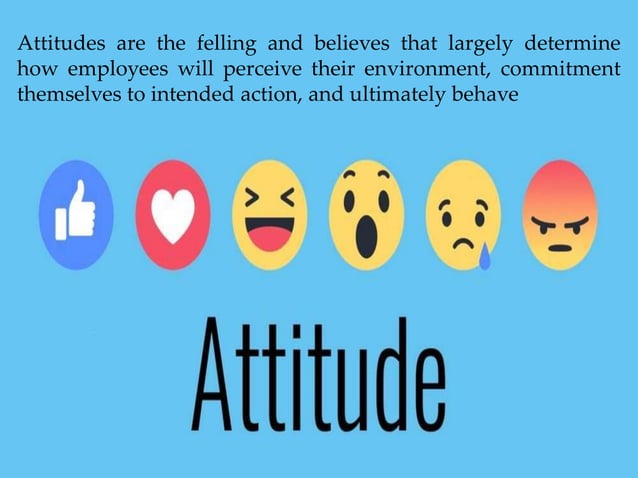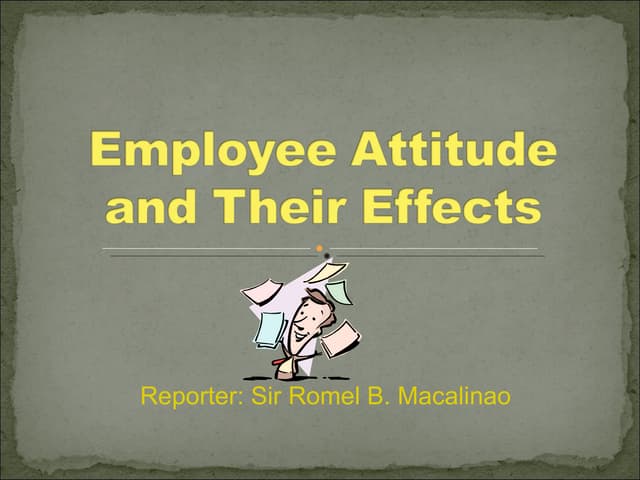How To Talk To An Employee About Their Attitude

A toxic attitude can poison a workplace, impacting morale, productivity, and even the bottom line. Confronting an employee about their negative behavior is a delicate but essential task for managers aiming to cultivate a healthy and thriving environment. Ignoring the issue risks letting it fester and spread, potentially leading to a cascade of negative consequences.
This article provides a comprehensive guide on how to approach this challenging conversation. It outlines strategies for preparing for the discussion, delivering feedback effectively, and fostering a path toward positive change. Ultimately, the goal is not just to address the problematic attitude but to support the employee in developing more constructive behaviors.
Preparation is Key: Setting the Stage for a Productive Conversation
Before initiating a conversation, document specific instances of the employee's behavior. This helps avoid vague accusations and allows for a more fact-based discussion, focusing on observable actions rather than subjective feelings. Examples might include consistently negative remarks during meetings, reluctance to collaborate with colleagues, or a generally disengaged demeanor.
Consider timing and location. Choose a private and neutral space where the employee feels safe and comfortable. Schedule the meeting at a time that minimizes distractions and allows for a thorough discussion, avoiding rushed conversations at the end of the day.
Reflect on your own biases and ensure you're approaching the conversation with a constructive mindset. Are you genuinely interested in helping the employee improve, or are you simply venting frustration? A self-aware approach is crucial for a positive outcome.
Delivering the Feedback: A Skillful Approach
Begin the conversation by stating your intention: to help the employee succeed and contribute positively to the team. Acknowledge their strengths and contributions before addressing the problematic behavior. This sets a more collaborative and less confrontational tone.
Use the "SBI" (Situation-Behavior-Impact) feedback model. Clearly describe the situation where the behavior occurred, the specific behavior you observed, and the impact that behavior had on the team, projects, or overall morale. "During yesterday's project meeting (situation), you consistently interrupted your colleague's presentation with negative comments (behavior), which created a tense atmosphere and discouraged further participation (impact)."
Focus on the behavior, not the person. Avoid making personal attacks or labeling the employee with negative traits. Instead of saying "You're always so negative," try "I've noticed a pattern of negativity in your comments during team meetings."
Listen Actively and Encourage Dialogue
After delivering your feedback, allow the employee ample opportunity to respond. Listen actively to their perspective without interrupting or becoming defensive. Try to understand the reasons behind their behavior, which may stem from stress, personal issues, or a lack of clarity regarding expectations.
Ask open-ended questions to encourage reflection and self-awareness. "Can you help me understand what might have been going through your mind during that meeting?" or "Are there any challenges you're facing that might be contributing to this negativity?"
Empathy is crucial. Even if you don't agree with their perspective, acknowledging their feelings can help build trust and create a more collaborative environment. Repeat back what you heard to ensure understanding: "So, it sounds like you felt frustrated because you felt the project was veering off course, is that right?"
Developing a Plan for Improvement
Collaboratively develop a plan for improvement. This should include specific, measurable, achievable, relevant, and time-bound (SMART) goals. For example, "Attend a conflict resolution workshop by the end of the month and practice active listening techniques during team meetings for the next two weeks."
Offer support and resources. This might include coaching, mentoring, training opportunities, or access to employee assistance programs. Demonstrate a genuine commitment to helping the employee succeed.
Schedule regular follow-up meetings to monitor progress and provide ongoing feedback. Consistent communication is crucial for reinforcing positive behaviors and addressing any setbacks that may arise.
The Importance of Documentation and Consistency
Document the conversation, the feedback provided, and the agreed-upon plan for improvement. This documentation is essential for tracking progress and providing a record in case further disciplinary action is necessary.
Treat all employees consistently. Address attitude issues fairly and equitably, regardless of seniority or personal relationships. Inconsistency can undermine trust and create a sense of unfairness in the workplace. According to a Gallup study, employees who feel they are treated fairly are more likely to be engaged and productive.
Remember that some attitude issues may stem from deeper underlying problems, such as mental health concerns or workplace harassment. Be prepared to offer appropriate resources and support, and consult with HR professionals as needed.
A Forward-Looking Approach: Cultivating a Positive Workplace Culture
Addressing an employee's attitude is not a one-time fix, but an ongoing process. By fostering a culture of open communication, constructive feedback, and mutual respect, organizations can create an environment where positive attitudes thrive.
Leadership plays a crucial role in setting the tone for the entire workplace. When leaders model positive behaviors and actively address negativity, they create a ripple effect that can transform the entire organization. Consider implementing 360-degree feedback programs to provide employees with comprehensive insights into their behavior and its impact on others.
"Culture eats strategy for breakfast." - Peter Drucker
Ultimately, addressing an employee's attitude requires a combination of empathy, directness, and a commitment to supporting their growth. While challenging, these conversations can lead to significant improvements in individual performance, team dynamics, and the overall health of the workplace.

